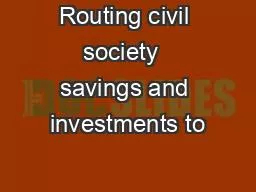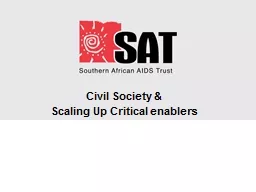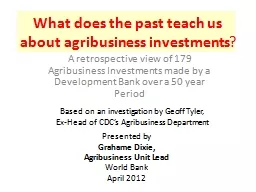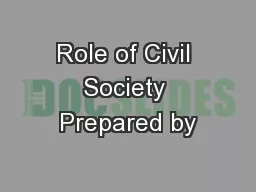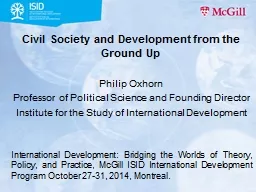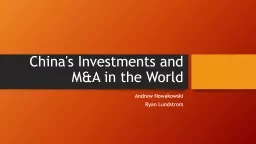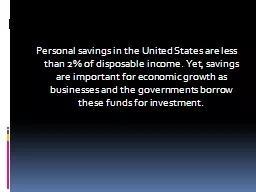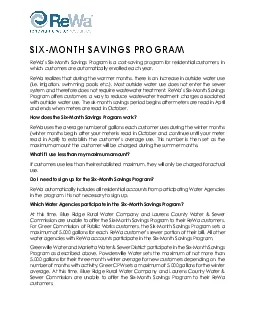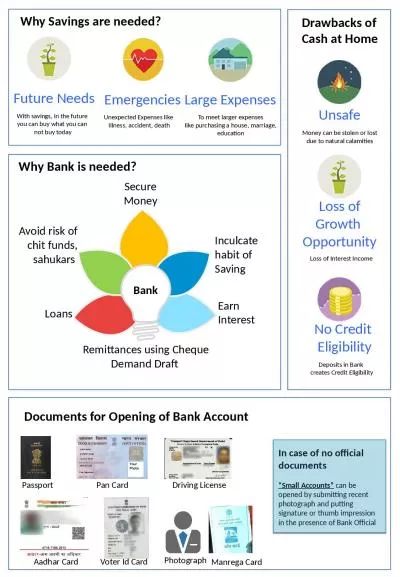PPT-Routing civil society savings and investments to
Author : katrgolden | Published Date : 2020-06-30
renewable energy projects STRATEGIC INSIGHTS FROM SOUTH AFRICA 1 Who are we The South African landscape What are the opportunities Strategic risk perspective What
Presentation Embed Code
Download Presentation
Download Presentation The PPT/PDF document "Routing civil society savings and inves..." is the property of its rightful owner. Permission is granted to download and print the materials on this website for personal, non-commercial use only, and to display it on your personal computer provided you do not modify the materials and that you retain all copyright notices contained in the materials. By downloading content from our website, you accept the terms of this agreement.
Routing civil society savings and investments to: Transcript
Download Rules Of Document
"Routing civil society savings and investments to"The content belongs to its owner. You may download and print it for personal use, without modification, and keep all copyright notices. By downloading, you agree to these terms.
Related Documents

